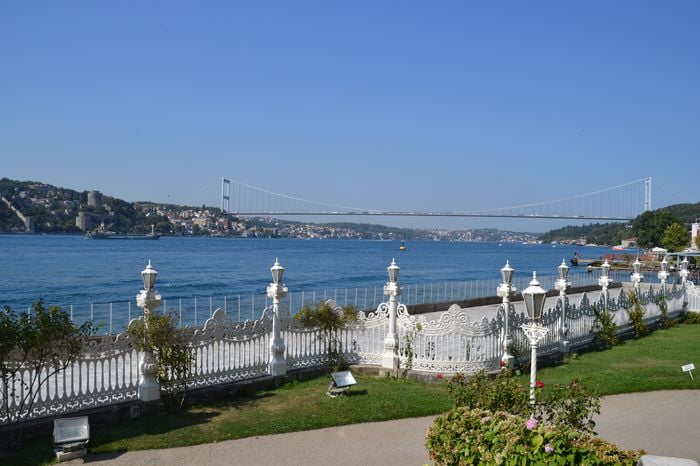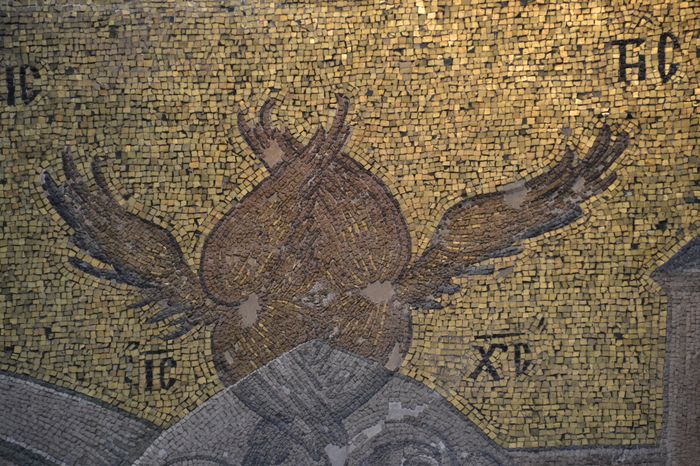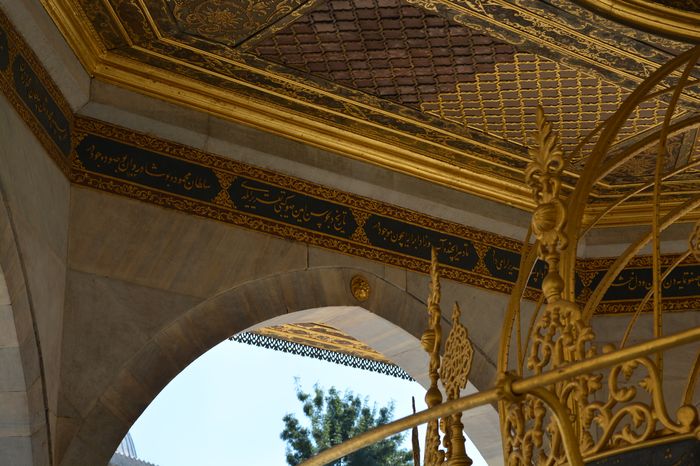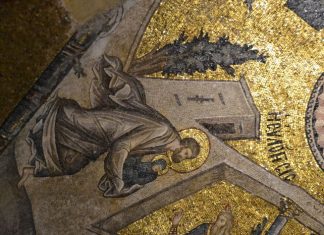Juliana and her mother had never gone west during Olybrius’s brief reign, when she was only about ten years old, or after, and so were entirely creatures of Constantinople. Juliana’s beauty, ancestry, and connections were all to be envied. At one point the emperor Zeno offered her hand in marriage to Theoderic, accompanied with the promise of a substantial dowry, in order to persuade him to remain loyal to the eastern throne. She escaped that marriage but accepted another man of even greater promise, Areobindus.
Flavius Areobindus
Areobindus’s family was not old, but of the first rank. His grandfather, Flavius Areobindus, had been consul in 434 and general in chief in Roman service from 434 to 449 and held the ultimate rank of patrician. His father, Dagalaiphus, was a consul in 467 and had married the daughter and granddaughter of other consuls, Aspar of 434 and Ardabur of 447. This would have been an absolutely stellar lineage in terms of power, except that the names were all of the wrong sort, stubbornly barbarian in flavor. Areobindus managed to smooth away these rough genealogical edges, however, by marrying Juliana, the premier heiress in Constantinople.
Areobindus and Juliana begat between them a baby consul of their own, Flavius Anicius Olybrius, whose celebration they funded in 491. He went on to marry Eirene, the daughter of the emperor Anastasius. Areobindus took a modest part in military affairs, appearing as a general on the Persian front in 503-504, but soon ascended to the more comfortable dignity of consul in 506. We happen to have a copy of the ivory diptych—a two-leaved, hinged tablet—that memorialized his year. These exquisitely carved party favors were as elaborate as any later scrimshaw and typically showed the honoree in all his dignity. A foot or more high—the size that would now look good on a mantelpiece or coffee table—they were handed out to a few well-chosen recipients for each consular year and represented the acme of tasteful self-advertisement istanbul daily tours.
In a capital where the monarch was an emperor without an heir, no family was better positioned to face the future. But Areobindus and Juliana’s son was a cipher and not taken seriously, so it fell to Areobindus him-self to carry the family’s hopes. Anastasius was too intelligent and effective an emperor to be popular, so when the monophysitism of his puppet patriarch Timothy outraged the people in 512, he saw his own statues thrown down in the streets and a flurry of insurrection. Courtiers promoting church orthodoxy, or at least their own futures, offered Areobindus the throne, but Areobindus fled in fear and the streets calmed down as Anastasius prevailed. We do not hear of Areobindus again, though Juliana remained rich and prominent, corresponding with Pope Hormisdas, to praise his loyalty to Chalcedon, around the time of the reunion of the churches in 519.
And she built a church—a vast construction, like nothing anyone had ever seen in any city of Christendom. Honoring the martyr Polyeuctos, it stood on a rise of ground along the main processional street of Con¬stantinople that stretched west from the palace and then turned northwest through the heart of the city. Juliana planted her own church just past the turning, forcing it onto the most public stage set of empire in a central role, advertising her wealth and her piety equally. In the tenth century, the emperor Constantine Porphyrogenitus knew the church well and described the processions he took part in that went past the bakers’ quarter, and how he paused by Polyeuctos’s and Juliana’s church to get a fresh candle to light his pious way to the church of the holy apostles at the top of the rise a little farther out on the main avenue. Juliana’s church building collapsed in the twelfth century and was all but forgotten.
Park Avenue in New York
Roughly square in form with a domed central space, it measured about 175 feet on a side—approximately the size of Saint Patrick’s Cathedral on Fifth Avenue or Saint Bartholomew’s on Park Avenue in New York. The dimensions of the building are important, because they closely match those of Solomon’s temple in Jerusalem as reported in the Christian Bible Few like Juliana in Constantinople.
Juliana’s pride and piety echo for us in the text of a forty-one-line inscription that ran around the basilica’s central space and glorified both the builder and her aims. Fragments of that inscription, which were long known from manuscript copies taken down by an admirer, made it possible to identify the remains of her church when excavators found them during an urban construction project in i960. The great inscription ran around the church in letters four inches high, a line each on a series of arches, surrounded by elaborate vine leaves and each arch itself filled with an ornate, elaborate carved peacock’s tail; several of those arches, each about nine feet across, survive. The inscription begins:
Eudocia the empress, eager to give honor to God, first built a temple of Polyeuctos the servant of God: but not one like this, not one so huge. It was not that she was ungenerous or lacking in wealth—what can a queen lack?—but she was endowed with a prophetic spirit, to know she would leave offspring who would know well how to fit it out better.








